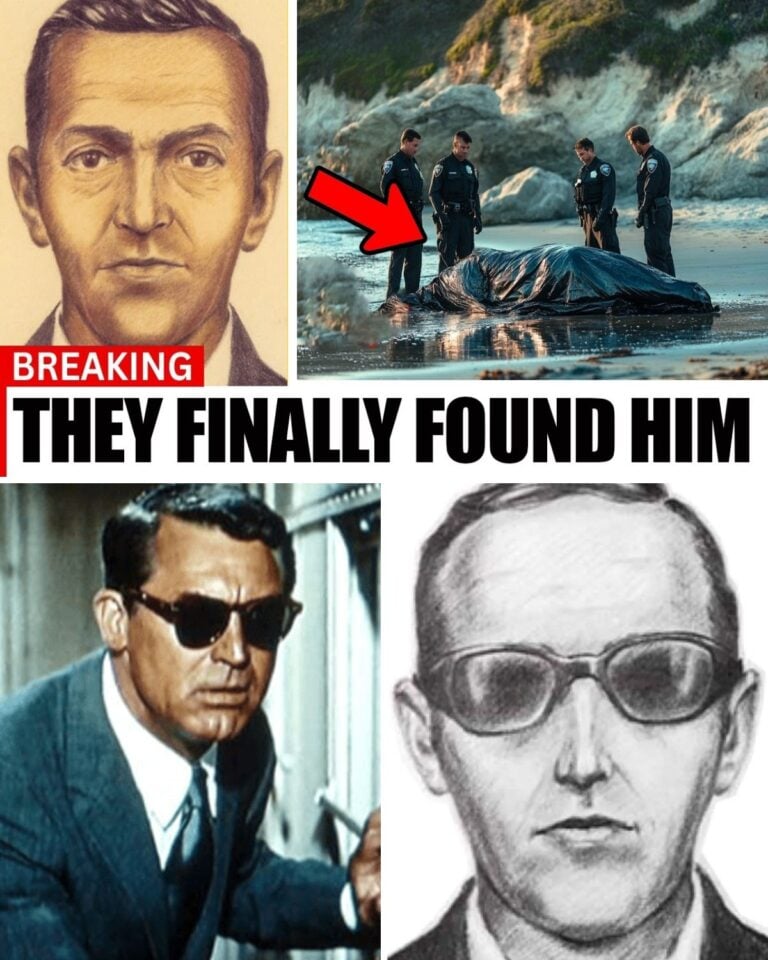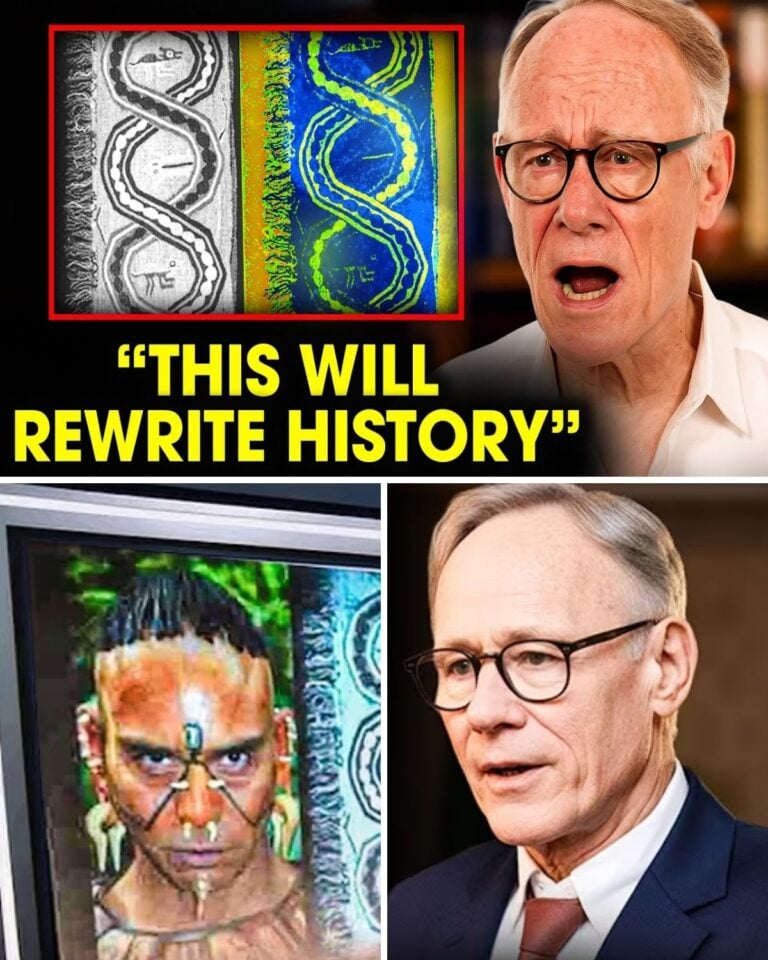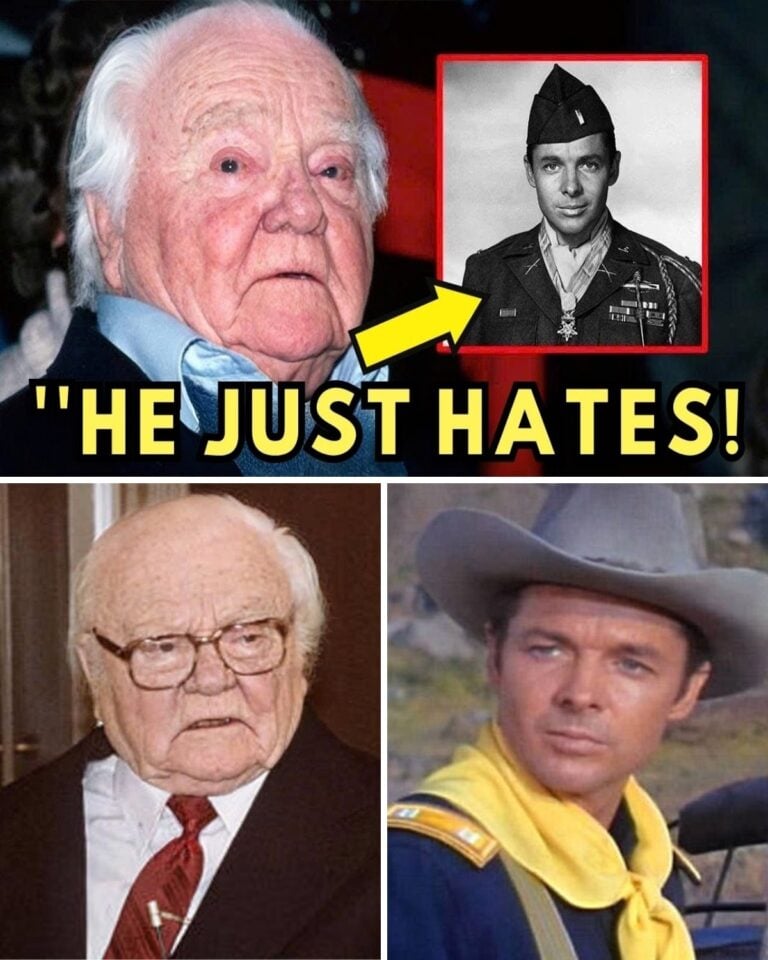In a revelation that has shaken the foundations of old Hollywood, John Wayne’s long-sealed Newport Beach estate has finally given up its secrets — and the truth is as dramatic as one of his Westerns. More than 30 years after his death, the 2011 unsealing of Wayne’s mansion revealed hundreds of never-before-seen artifacts, shocking details from his will, and the painful fractures within one of Hollywood’s most famous families.

Born Marion Robert Morrison in Winterset, Iowa, Wayne’s journey from small-town boy to cinematic legend was the stuff of American myth. His breakthrough in John Ford’s 1939 classic Stagecoach turned him into the face of courage, patriotism, and rugged masculinity — the “Duke” who could tame the Wild West or lead men into battle. But behind the cameras, his private life was anything but simple. Three marriages, a high-profile affair with Marlene Dietrich, and years of health struggles painted a far more conflicted portrait of the man who embodied American strength.
When Wayne died in 1979, his mansion overlooking the Pacific Ocean was locked and sealed — a time capsule of an icon’s final years. But when it was finally opened in 2011, what was found stunned everyone. Inside, auctioneers uncovered over 700 items — scripts annotated in his own hand, handwritten letters to studio heads, military uniforms, costumes, and never-before-seen photos documenting his off-screen life. The rooms, left nearly untouched since his passing, felt frozen in time.
Among the treasures was Wayne’s personal copy of the script for True Grit, with pages stained by coffee rings and handwritten notes about his character, Rooster Cogburn. There were also emotional personal items: gifts from U.S. presidents, fan letters from soldiers, and a weathered cowboy hat still dusted with Arizona sand.

But the real bombshell came from his will. According to documents made public, Wayne left his third wife, Pilar Pallete, nothing — a shocking decision that sent shockwaves through his family. Instead, he divided his estate, then valued at roughly $6.85 million (about $25 million today), among his seven children from his previous marriages. Family members described the fallout as “devastating,” with bitter legal battles erupting over ownership of personal memorabilia, scripts, and the Duke’s prized collection of firearms.
The 2011 Heritage Auctions event that followed drew global attention. Wayne’s iconic Green Beret costume sold for an astonishing $179,200, his cowboy hat fetched $119,500, and even his driver’s license — a mundane artifact of everyday life — was auctioned off for nearly $90,000. Collectors and fans flooded the event, eager to own a tangible piece of the man who defined American cinema.
Yet, as the Duke’s estate revealed his humanity, it also reignited the controversies that continue to shadow his legacy. His 1971 Playboy interview, in which he made racially charged remarks and criticized Indigenous activism, resurfaced — sparking fierce debates about how to reconcile his cultural influence with his outdated views. In recent years, activists have even called for John Wayne Airport in Orange County to be renamed, arguing that his comments no longer reflect modern values.

Supporters defend him as a man of his time — a patriot, a traditionalist, a symbol of American grit. Critics argue that history cannot ignore his words or the power they held. Even within his family, opinions remain divided. “Dad was complicated,” one of his sons admitted. “He was proud, he was flawed, and he was human. That’s what people forget.”
The reopening of Wayne’s estate has forced the world to confront the full story — not just the cowboy hero in the hat, but the man behind the myth. His life, filled with triumphs and contradictions, continues to spark fascination and controversy decades after his death.
As historians sift through the relics of his private world, one truth has become undeniable: John Wayne’s legend is still alive — but it’s far more complicated than the silver screen ever showed.
His story now stands as a mirror to America itself — proud, conflicted, and forever searching for the line between heroism and humanity.
https://youtu.be/UNFbjcNoRL0





